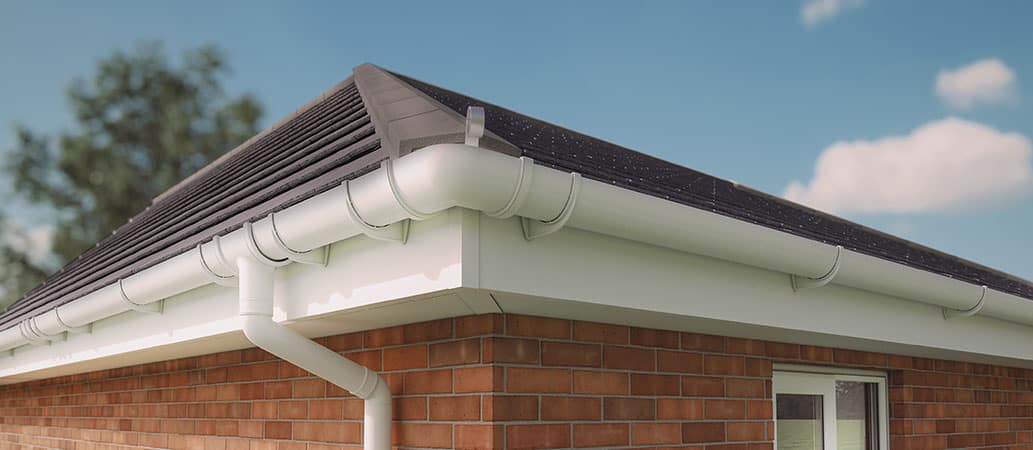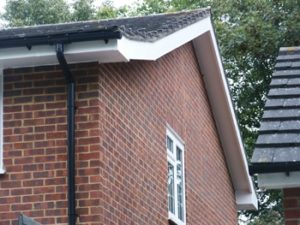
Eaves Repair
Add a review FollowOverview
-
Founded Date 06/23/1913
-
Sectors Easter
-
Posted Jobs 0
-
Viewed 12
Company Description
These Are Myths And Facts Behind Fascias
Understanding Wooden Fascias: An Informative Guide
Wooden fascias are an integral part of a structure’s outside, playing both a practical and visual role. This article will supply an extensive summary of wooden fascias, exploring their function, types, advantages, installation procedures, and maintenance ideas. It will likewise resolve some of the commonly asked concerns surrounding this important architectural element.

What Are Wooden Fascias?
Fascia boards are flat boards that are typically set up at the edge of the roofline, working as an essential element of the overall roof. For the most part, they are put horizontally and function as a supporting aspect for the roofing. Wooden fascias are particularly made from numerous kinds of wood and can be visually enticing, improving the architectural character of a building.
Performance of Wooden Fascias
These boards serve numerous purposes:
-
Protection: Wooden fascias secure the underlying structure from water, insects, and other ecological elements. They function as a barrier to avoid wetness from entering the roofing system area.
-
Support: They provide a continuous surface to attach gutter systems, assisting in water drain far from the building.
-
Visual Appeal: An ornamental fascia adds visual worth to a home, giving it a polished and completed appearance.
Kinds Of Wooden Fascias
Various types of wooden fascias accommodate varying visual desires and functional requirements. Here are some typical types:
| Type of Fascia | Description |
|---|---|
| Solid Wood Fascias | Made from high-quality timber, offering resilience and beauty. |
| Engineered Wood Fascias | Made up of compressed wood fibers, they can imitate the appearance of natural wood while supplying improved toughness. |
| Treated Wood Fascias | Wood that has been chemically treated to withstand rot and pest damage, guaranteeing a longer life period. |
| Composite Fascias | Made from a mixture of wood and artificial materials, offering low maintenance while retaining a wooden appearance. |
Advantages of Wooden Fascias
-
Aesthetic Versatility: Wooden fascias can be stained or painted in various colors, guaranteeing that they match or boost the look of a home.
-
Natural Insulation: Wood has insulating homes, contributing to energy efficiency in domestic structures.
-
Eco-Friendliness: If sourced from sustainably managed forests, wooden fascias can be an environmentally friendly structure material.
-
Customization: They can be quickly formed and modified to fit special design requirements.
-
Repairability: Unlike some materials, wood can be sanded, stained, or painted, making it much easier to repair small damages.
Installation Process for Wooden Fascias
Appropriate installation of wooden fascias is vital to make sure sturdiness and effectiveness. Below are the general steps included in installing wooden fascias:
-
Preparation: Remove any old fascia boards and inspect the underlying structure for indications of damage.

-
Determining and Cutting: Measure the length of the area where the fascia will be installed and cut the wooden boards appropriately.
-
Priming and Painting: It is recommended to prime and paint the fascias before installation to avoid moisture damage.
-
Connecting: Secure the fascia boards to the underlying structure using nails or screws, guaranteeing they are level and straight.
-
Sealing and Finishing: Finish the edges with caulking to seal any gaps and safeguard versus water ingress.
-
Installing Gutters (if applicable): Once the fascias remain in location, set up the gutter system, guaranteeing it is adequately sloped for drainage.
Maintenance of Wooden Fascias
To extend the life-span and keep the visual appeal of wooden fascias, regular maintenance is essential. Here are some maintenance suggestions:
-
Regular Inspection: Check for signs of rot, moisture damage, or insect infestations. Inspect the fascias at least when a year.
-
Cleaning up: Clean the fascias periodically to eliminate dirt, mold, and mildew. Use a soft fabric and avoid abrasive materials that might scratch the surface area.
-
Repainting and Sealing: Over time, the paint or sealant may wear away. Repaint every few years to keep security against wetness.
-
Address Damages Promptly: If damage occurs, address it right away to reduce repair expenses and structural damage.
FAQs About Wooden Fascias
1. What is the very best kind of wood for fascias?
Cedar and pine are popular options due to their strength and availability. Cedar is naturally resistant to rot, while dealt with pine is cost-efficient and long lasting.
2. How often should wooden fascias be painted?
It is advisable to repaint wooden fascias every 5 to 7 years, depending upon the climate and direct exposure to the aspects.
3. Can I set up wooden fascias myself?
While DIY installation is possible, hiring a professional guarantees that the installation is done correctly, reducing the likelihood of future repairs.
4. Do wooden fascias need insulation?
While wooden fascias can provide some insulation, they are usually not used as primary insulation products for roofs.
5. What problems occur from improperly preserved fascias?
Poor maintenance can lead to moisture buildup, which may trigger rot, bring in insects, and ultimately causing structural damage.
Wooden fascias are a vital part of any structure’s roof, combining performance with visual appeal. Comprehending the different types, advantages, installation processes, and maintenance practices can help house owners and home builders make informed decisions. By selecting the best kind of fascias and taking care of them effectively, one can make sure that their wooden fascias boost and protect their home for several years to come.

